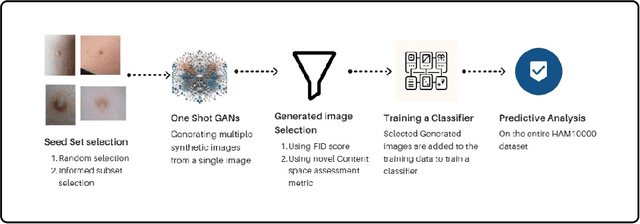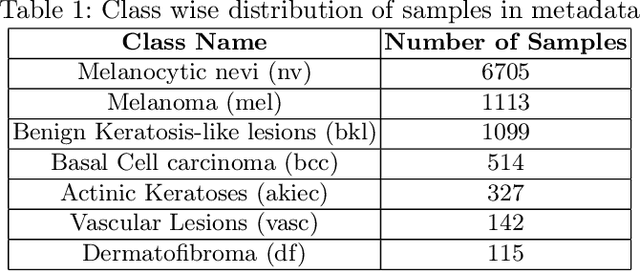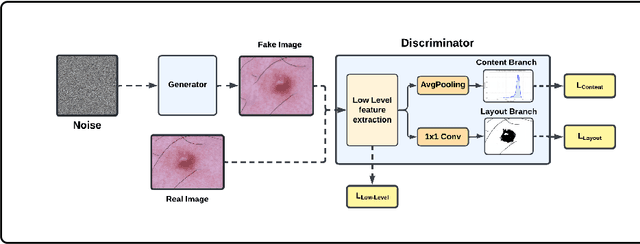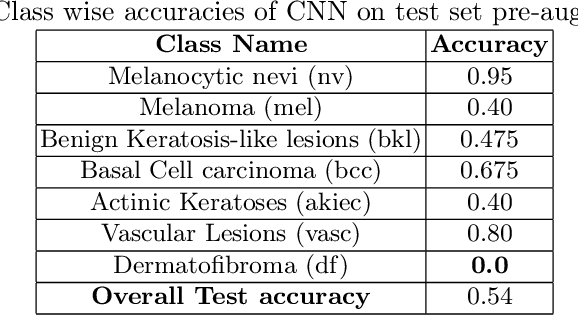Kunal Deo
PRISM: Privacy-preserving Inter-Site MRI Harmonization via Disentangled Representation Learning
Nov 10, 2024Abstract:Multi-site MRI studies often suffer from site-specific variations arising from differences in methodology, hardware, and acquisition protocols, thereby compromising accuracy and reliability in clinical AI/ML tasks. We present PRISM (Privacy-preserving Inter-Site MRI Harmonization), a novel Deep Learning framework for harmonizing structural brain MRI across multiple sites while preserving data privacy. PRISM employs a dual-branch autoencoder with contrastive learning and variational inference to disentangle anatomical features from style and site-specific variations, enabling unpaired image translation without traveling subjects or multiple MRI modalities. Our modular design allows harmonization to any target site and seamless integration of new sites without the need for retraining or fine-tuning. Using multi-site structural MRI data, we demonstrate PRISM's effectiveness in downstream tasks such as brain tissue segmentation and validate its harmonization performance through multiple experiments. Our framework addresses key challenges in medical AI/ML, including data privacy, distribution shifts, model generalizability and interpretability. Code is available at https://github.com/saranggalada/PRISM
One Shot GANs for Long Tail Problem in Skin Lesion Dataset using novel content space assessment metric
Sep 30, 2024



Abstract:Long tail problems frequently arise in the medical field, particularly due to the scarcity of medical data for rare conditions. This scarcity often leads to models overfitting on such limited samples. Consequently, when training models on datasets with heavily skewed classes, where the number of samples varies significantly, a problem emerges. Training on such imbalanced datasets can result in selective detection, where a model accurately identifies images belonging to the majority classes but disregards those from minority classes. This causes the model to lack generalizability, preventing its use on newer data. This poses a significant challenge in developing image detection and diagnosis models for medical image datasets. To address this challenge, the One Shot GANs model was employed to augment the tail class of HAM10000 dataset by generating additional samples. Furthermore, to enhance accuracy, a novel metric tailored to suit One Shot GANs was utilized.
 Add to Chrome
Add to Chrome Add to Firefox
Add to Firefox Add to Edge
Add to Edge